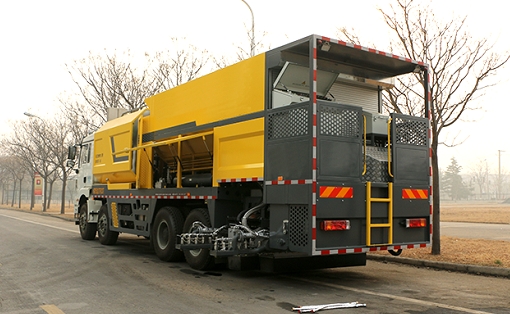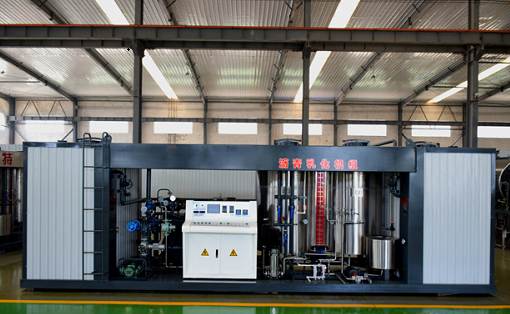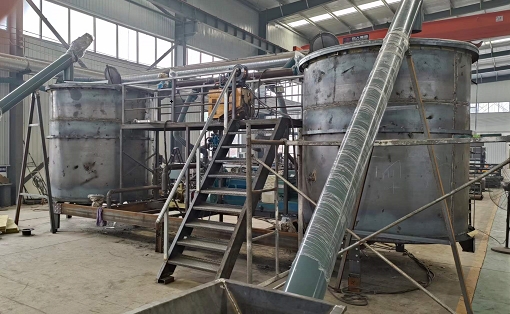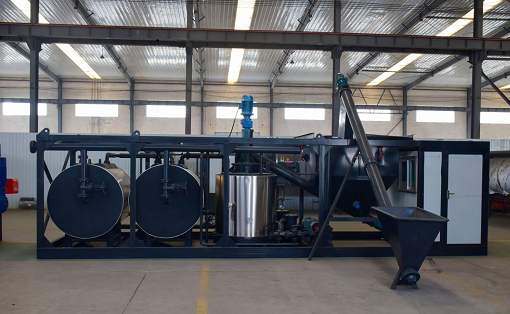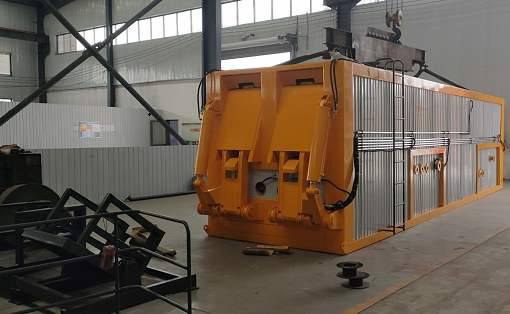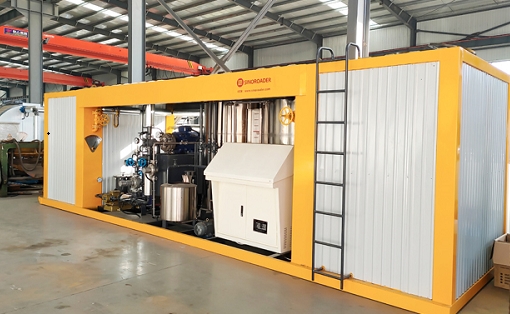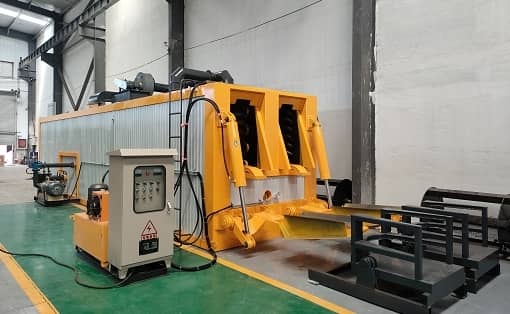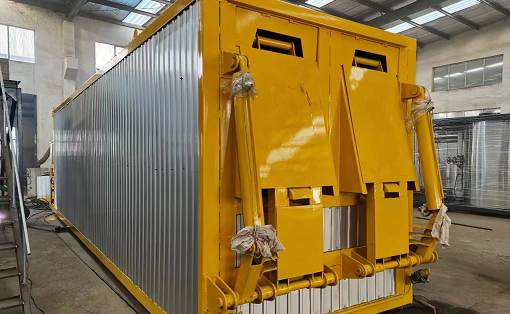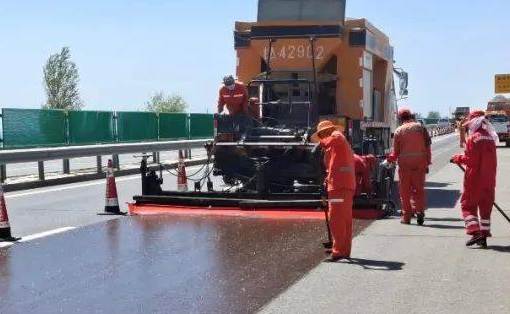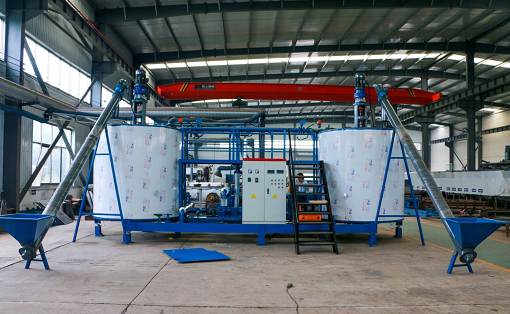Asphalt pavement rapid repair process: cold patching process
In modern highway maintenance work, how to repair asphalt pavement quickly and effectively has become one of the key issues. As an advanced repair technology, cold patching technology is very popular because of its convenient construction and remarkable effects.
What is the cold patching process?
Cold patching process, as the name suggests, refers to a technical method for repairing asphalt pavement without heating. This process uses a specially proportioned cold-patch asphalt mixture. This material can maintain good fluidity and adhesion even at lower temperatures, thus ensuring the quality of the repair.
Advantages of cold patching process
Fast construction: Cold patching materials can be directly applied to damaged areas without preheating, and are immediately open to traffic, greatly shortening repair time.
All-weather construction: Whether in hot summer or cold winter, cold patching materials can be effectively constructed and are not affected by the weather.
Easy to operate: Thanks to its good working properties, even small damaged areas can be repaired easily.
Environmentally friendly: The construction process reduces environmental pollution and is in line with the concept of green construction.
Application scenarios
The cold patching process is suitable for various types of pavement repair work, especially those places where traffic needs to be restored quickly, such as urban main roads, highway ramps, etc. In addition, the cold patching process is also an ideal choice for remote areas or situations where professional heating equipment is lacking.
In short, the cold patching process has occupied a place in the field of rapid repair of asphalt pavement with its unique advantages and has become an indispensable part of modern highway maintenance.
In modern highway maintenance work, how to repair asphalt pavement quickly and effectively has become one of the key issues. As an advanced repair technology, cold patching technology is very popular because of its convenient construction and remarkable effects.
What is the cold patching process?
Cold patching process, as the name suggests, refers to a technical method for repairing asphalt pavement without heating. This process uses a specially proportioned cold-patch asphalt mixture. This material can maintain good fluidity and adhesion even at lower temperatures, thus ensuring the quality of the repair.
Advantages of cold patching process
Fast construction: Cold patching materials can be directly applied to damaged areas without preheating, and are immediately open to traffic, greatly shortening repair time.
All-weather construction: Whether in hot summer or cold winter, cold patching materials can be effectively constructed and are not affected by the weather.
Easy to operate: Thanks to its good working properties, even small damaged areas can be repaired easily.
Environmentally friendly: The construction process reduces environmental pollution and is in line with the concept of green construction.
Application scenarios
The cold patching process is suitable for various types of pavement repair work, especially those places where traffic needs to be restored quickly, such as urban main roads, highway ramps, etc. In addition, the cold patching process is also an ideal choice for remote areas or situations where professional heating equipment is lacking.
In short, the cold patching process has occupied a place in the field of rapid repair of asphalt pavement with its unique advantages and has become an indispensable part of modern highway maintenance.





